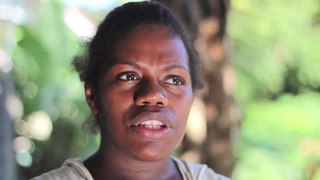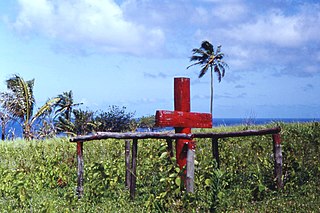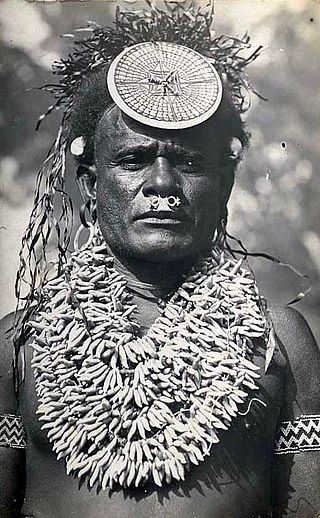
Folklore is shared by a particular group of people; it encompasses the traditions common to that culture, subculture or group. This includes oral traditions such as tales, legends, proverbs and jokes. They include material culture, ranging from traditional building styles common to the group. Folklore also includes customary lore, taking actions for folk beliefs, the forms and rituals of celebrations such as Christmas and weddings, folk dances and initiation rites. Each one of these, either singly or in combination, is considered a folklore artifact or traditional cultural expression. Just as essential as the form, folklore also encompasses the transmission of these artifacts from one region to another or from one generation to the next. Folklore is not something one can typically gain in a formal school curriculum or study in the fine arts. Instead, these traditions are passed along informally from one individual to another either through verbal instruction or demonstration. The academic study of folklore is called folklore studies or folkloristics, and it can be explored at undergraduate, graduate and Ph.D. levels.
A pidgin, or pidgin language, is a grammatically simplified means of communication that develops between two or more groups of people that do not have a language in common: typically, its vocabulary and grammar are limited and often drawn from several languages. It is most commonly employed in situations such as trade, or where both groups speak languages different from the language of the country in which they reside. Linguists do not typically consider pidgins as full or complete languages.

Tok Pisin, often referred to by English speakers as "New Guinea Pidgin" or simply Pidgin, is a creole language spoken throughout Papua New Guinea. It is an official language of Papua New Guinea and the most widely used language in the country. However, in parts of the southern provinces of Western, Gulf, Central, Oro, and Milne Bay, the use of Tok Pisin has a shorter history and is less universal, especially among older people.

Bislama is an English-based creole language and one of the official languages of Vanuatu. It is the first language of many of the "Urban ni-Vanuatu" and the second language of much of the rest of the country's residents. The lyrics of "Yumi, Yumi, Yumi", the country's national anthem, are composed in Bislama.

Melanesia is a subregion of Oceania in the southwestern Pacific Ocean. It extends from New Guinea in the west to the Fiji Islands in the east, and includes the Arafura Sea.

A cargo cult is an indigenist millenarian belief system, in which adherents perform rituals which they believe will cause a more technologically advanced society to deliver goods.
A legal custom is the established pattern of behavior that can be objectively verified within a particular social setting. A claim can be carried out in defense of "what has always been done and accepted by law".

John Frum is a mythic figure associated with cargo cults on the island of Tanna in Vanuatu. He is often depicted as an American World War II serviceman who will bring wealth and prosperity to the people if they follow him. Quoting David Attenborough's report of an encounter: "'E look like you. 'E got white face. 'E tall man. 'E live 'long South America."
Pickaninny is a pidgin word for a small child, possibly derived from the Portuguese pequenino.
Melanesian music refers to the various musical traditions found across the vast region of Melanesia.

The culture of the Solomon Islands reflects the extent of the differentiation and diversity among the groups living within the Solomon Islands archipelago, which lies within Melanesia in the Pacific Ocean, with the peoples distinguished by island, language, topography, and geography. The cultural area includes the nation state of Solomon Islands and the Bougainville Island, which is a part of Papua New Guinea.

Ni-Vanuatu is a large group of closely related Melanesian ethnic groups native to the island country of Vanuatu. As such, Ni-Vanuatu are a mixed ethnolinguistic group with a shared ethnogenesis that speak a multitude of languages.
Australian Aboriginal culture includes a number of practices and ceremonies centered on a belief in the Dreamtime and other mythology. Reverence and respect for the land and oral traditions are emphasised. Over 300 languages and other groupings have developed a wide range of individual cultures. Due the colonization of Australia under terra nullius concept these cultures were treated as one monoculture. Australian Aboriginal art has existed for thousands of years and ranges from ancient rock art to modern watercolour landscapes. Aboriginal music has developed a number of unique instruments. Contemporary Australian Aboriginal music spans many genres. Aboriginal peoples did not develop a system of writing before colonisation, but there was a huge variety of languages, including sign languages.
Indigenous Australian customary law refers to the legal systems and practices uniquely belonging to Indigenous Australians of Australia, that is, Aboriginal and Torres Strait Islander people.

Religion in Vanuatu is dominated by various branches of Christianity. Vanuatu is an archipelago made up of 13 larger islands, and approximately 70 smaller surrounding islands, each home to multitudes of diverse cultural and religious communities. As of 2020, the population of approximately 300,000 people speak as many as 145 languages throughout the island nation. Approximately 82% of the population of Vanuatu is Christian. An estimated 28% is Presbyterian, 12% Roman Catholic, 15% Anglican, and 12% Seventh-day Adventist. Groups that together constitute 15% include the Church of Christ, United Pentecostal Church, Assemblies of God, Neil Thomas Ministries, the Apostolic Church and other Christian denominations.

This article presents an overview of the culture of Vanuatu.

The National Museum of Vanuatu is located in the Vanuatu Cultural Centre (VCC) in Port Vila, Vanuatu. It specializes in exhibits relating to the culture and history of this group of islands in the South Pacific. It is unique amongst Pacific national cultural institutions for rejecting many aspects of European museology, and creating new ways of working which value kastom practices.
The Urapmin people are an ethnic group numbering about 375 people in the Telefomin District of the West Sepik Province of Papua New Guinea. One of the Min peoples who inhabit this area, the Urapmin share the common Min practices of hunter-gatherer subsistence, taro cultivation, and formerly, an elaborate secret cult available only to initiated men.
Law in the Republic of Vanuatu consists of a mixed system combining the legacy of English common law, French civil law and indigenous customary law. The Parliament of Vanuatu is the primary law-making body today, but pre-independence French and British statutes, English common law principles and indigenous custom all enjoy constitutional and judicial recognition to some extent.
Lissant Mary Bolton is an Australian anthropologist and the Keeper of the Department of Africa, Oceania and the Americas at the British Museum. She is particularly known for her work on Vanuatu, textiles, and museums and indigenous communities.











